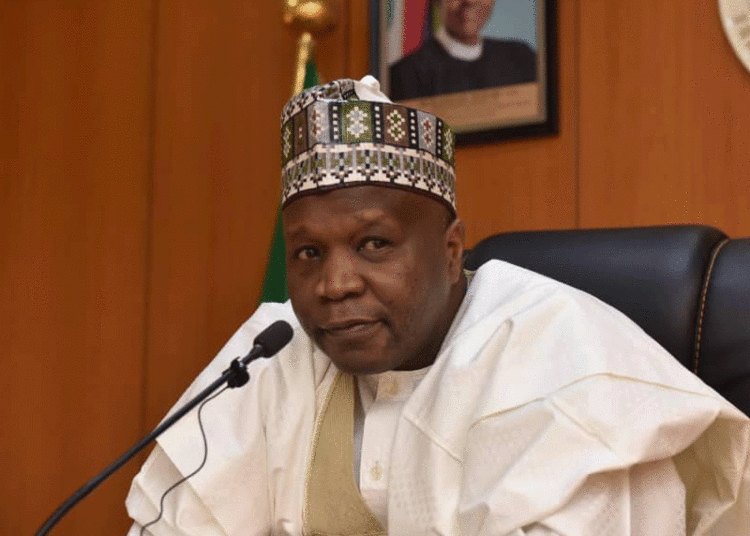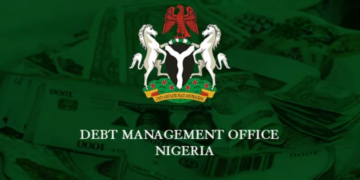In a country where challenges in basic and secondary education continue to raise concerns, Gombe State stands out as a story of turnaround, resilience, and reform.
Since Governor Muhammadu Inuwa Yahaya took office in 2019, the education sector has undergone a quiet but profound transformation, one that deserves both recognition and reflection.
The concept of the Gombe State Progress Diary is a deliberate, data-driven narrative change tool, a response to the need for transparency, continuity, and public awareness on the strides made under the current administration.
While the Greater Gombe Scorecard captured the milestones of Governor Inuwa Yahaya’s first term, this diary builds on that foundation by documenting the ongoing progress across sectors, with this edition focusing on the education sector.
When Gombe State began its partnership with the Federal Government and the World Bank under the Better Education Service Delivery for All (BESDA) initiative, the outlook was grim. National surveys such as the 2019 Nigeria Education Data Survey (NEDS) estimated 450,000 out-of-school children (OOSC) in the state. UNICEF’s projection was even more alarming, nearly 570,000.
In response, Gombe State launched an aggressive campaign under BESDA. Through a combination of formal and non-formal education strategies, the programme successfully reached and impacted nearly 350,000 out-of-school children, rewriting what had once seemed a tragic inevitability. Over 640 Non-Formal Learning Centres, including Tsangaya schools and girl-child education hubs were established across all 11 LGAs. MEGA Tsangaya schools also sprang up, reinforcing government’s resolve to leave no child behind.
In 2019, only 22% of Gombe students obtained five O’Level credits, including Mathematics and English, the basic threshold for tertiary education admission. By 2023, that figure had surged to over 70%, a remarkable leap that opened doors for thousands of young Gombe indigenes.
This improvement did not happen by chance. Government-supported interventions, including payment of WAEC and NECO fees and the voluntary distribution of JAMB forms, ensured that students from low-income backgrounds had equitable access to these exams.
Infrastructure remains the backbone of any learning system. Between 2019 and 2025, Gombe State constructed 201 blocks comprising 714 new classrooms, renovated 338 blocks with 811 classrooms, built and upgraded MEGA schools across all senatorial zones
Within the period, the government also renovated hostels and administrative blocks, built and furnished accommodation for NYSC teachers in MEGA schools.
In 2022, the state also recruited 1,000 new graduate teachers to strengthen secondary education, with plans to extend this effort to primary schools. This approach ensures a consistent pipeline of qualified teachers, replacing those lost to retirement, resignation, or death.
Gombe State’s inclusion in the World Bank-supported Adolescent Girls Initiative for Learning and Empowerment (AGILE) marks another turning point. AGILE aims to bridge gender gaps in education, particularly for girls aged 10–20. It focuses on three critical pillars, including creating safe, inclusive learning spaces; providing WASH and recreational facilities and trengthening project systems for sustainability.
Already, 537 schools have been marked for renovation and 26 new ones slated for construction. Over 12,000 girls have been identified for Conditional Cash Transfer (CCT) support, with disbursements ready to begin.
Beyond brick-and-mortar developments and policy reform, what sets the Inuwa Yahaya administration apart is its commitment to documentation and accountability. In a political climate often plagued by misinformation and short memories, Gombe Progress Diary will stand as a reference point, an evidence-based answer to questions of impact, legacy, and integrity.
Plans are underway to produce a second-term comprehensive scorecard, much like the Greater Gombe document, capturing the full scope of projects and reforms between 2023 and 2027. This will serve not only as an administrative record but also as a tool for inter-governmental continuity and historical preservation.
As critics raise questions or spread unfounded narratives, Gombe State is responding with facts. With classrooms rebuilt, teachers recruited, girls empowered, and tens of thousands of children back in school, the numbers are hard to ignore.
In Gombe, data speaks, progress counts, and education leads.
– Arzoo is SSA Media to the Governor





